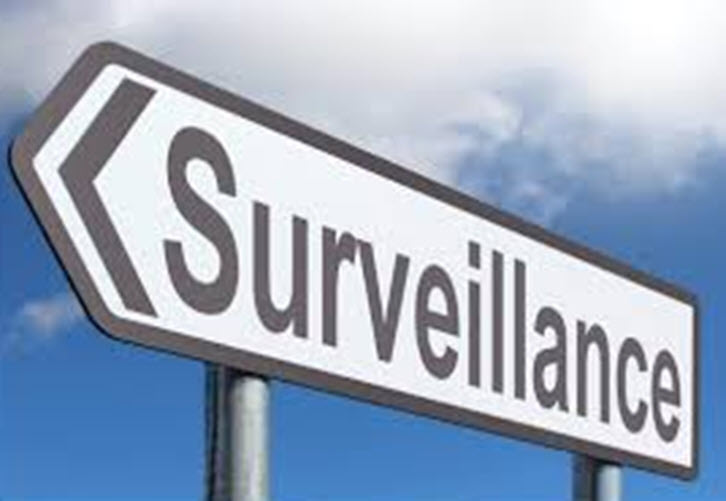Abstract
Excerpted from: Harvey Gee, Almost Gone: The Vanishing Fourth Amendment's Allowance of Stingray Surveillance in a Post-Carpenter Age, 28 Southern California Review of Law & Social Justice 409 (Summer, 2019) (172 Footnotes) (Full Document)
 The Fourth Amendment continues to erode. You can be pulled over while driving for just about any reason under the pretext that you violated a traffic law. You can also be stopped while you are walking down the street in a "high crime area" and checked for an active arrest warrant. Cops can also secretly track your location via your smart phone using cell-site simulators, known as Stingrays, that send powerful electronic signals to bait automatic responses from all nearby cell phones.
The Fourth Amendment continues to erode. You can be pulled over while driving for just about any reason under the pretext that you violated a traffic law. You can also be stopped while you are walking down the street in a "high crime area" and checked for an active arrest warrant. Cops can also secretly track your location via your smart phone using cell-site simulators, known as Stingrays, that send powerful electronic signals to bait automatic responses from all nearby cell phones.
This Article examines a Fourth Amendment that is now "vanishing" due to new surveillance technology, and narrowly focuses on how the changing Fourth Amendment jurisprudence implicates the secretive and unfettered use of Stingray technology.
This Article is divided into four Parts. The first two Parts provide the necessary groundwork for understanding how much the Fourth Amendment has weakened in the past fifty years.
Part I examines the lack of police accountability that is enabled and exacerbated by a weakened Fourth Amendment and addresses the ability of the police to pull over cars with near impunity.
Part II explores the myriad ways in which law enforcement is able to exploit stop and frisks to create what is effectively an occupied police state in communities of color.
The last two Parts explore the future of the Fourth Amendment in the digital era. Part III reviews the Court's Fourth Amendment jurisprudence on surveillance technology leading up to Carpenter v. United States, which shuttled the Fourth Amendment into the digital age. It proceeds to analyze the Carpenter ruling, which provides much needed protections against technologically enhanced police surveillance powers, and its implications for future privacy cases.
Part IV investigates the prevalent use of Stingray surveillance technology by law enforcement to spy on people. As much as stop and frisks create and sustain a physical police state, Stingray surveillance facilitates a virtual police state. Lacking guidance on this issue of law enforcement using portable Stingray cell-site simulators as digital surveillance tools, courts must choose to apply, adapt, or reject settled doctrinal rules, and interpret recent Supreme Court decisions, in deciding whether using Stingrays violate the Fourth Amendment. Until the Supreme Court addresses the issue of cell-site simulators by the police, state supreme courts and federal courts, in the interim, can adopt the reasoning of Carpenter and state court decisions which have ruled against the warrantless use of Stingrays for the necessary analytical framework. The article concludes by advocating for a warrant requirement for the use of Stingrays.
[...]
As this article has hopefully shown, the Fourth Amendment continues to erode at the hands of law enforcement's continual exercise of unfettered discretion to stop drivers, search and detain people on the streets, and secretly track people through their phone use and data information. This has been exacerbated by new surveillance technologies, particularly cell-site simulators known as Stingrays. While Carpenter has shown promise that the Court will reconsider its Fourth Amendment jurisprudence in light of new surveillance technology, more needs to be done to truly protect the privacy rights of ordinary Americans. A good place to start is to require that the government obtain a search warrant, supported by probable cause, before it may use cell-site simulators. But ultimately, more accountability and transparency on the part of the police, along with concrete action by the people, the courts, and legislators, is necessary if we sincerely want to preserve what little is left of the Fourth Amendment in the wake of covert surveillance technology.
The author is an attorney in San Francisco. He previously served as an Attorney with the Office of the Federal Public Defender in Las Vegas and Pittsburgh, the Federal Defenders of the Middle District of Georgia, and the Office of the Colorado State Public Defender. LL.M, The George Washington University Law School; J.D., St. Mary's School of Law; B.A., Sonoma State University.


